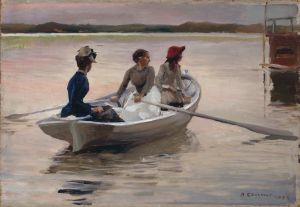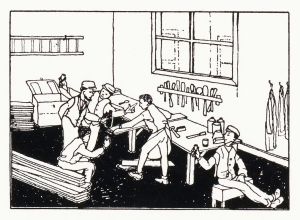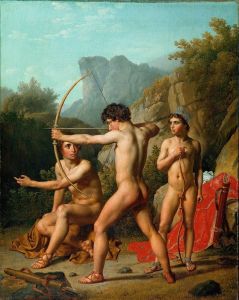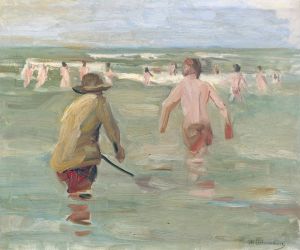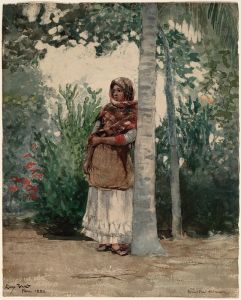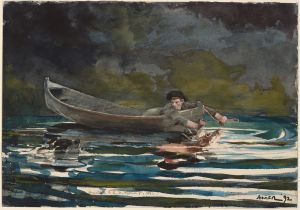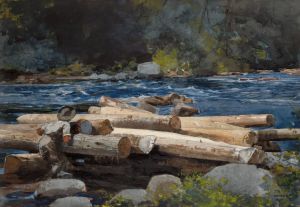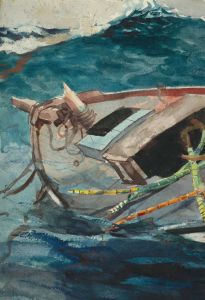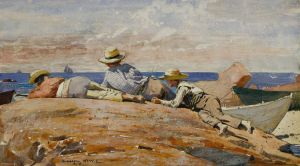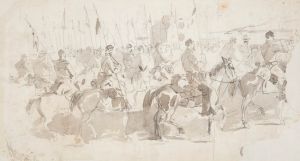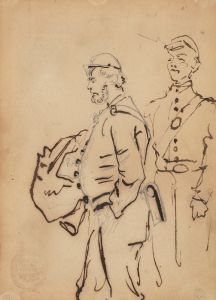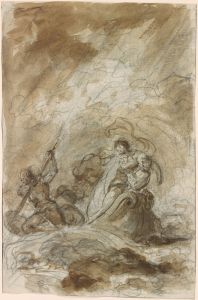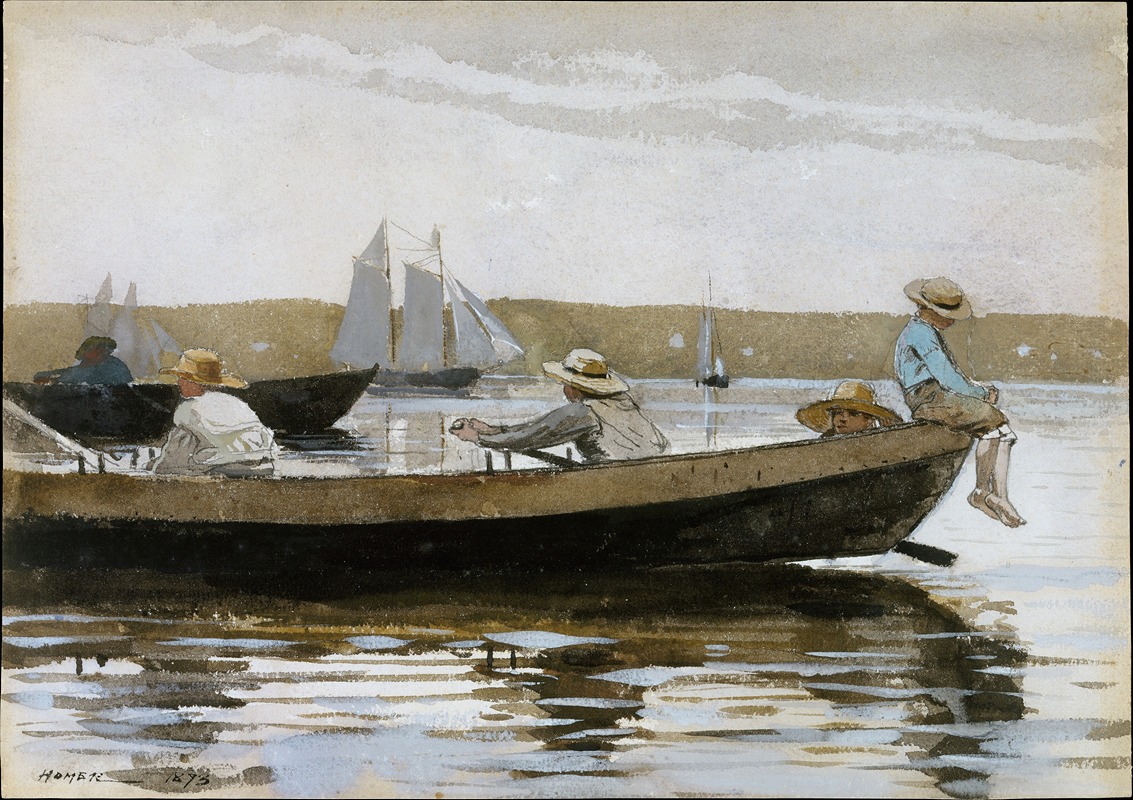
Boys in a Dory
A hand-painted replica of Winslow Homer’s masterpiece Boys in a Dory, meticulously crafted by professional artists to capture the true essence of the original. Each piece is created with museum-quality canvas and rare mineral pigments, carefully painted by experienced artists with delicate brushstrokes and rich, layered colors to perfectly recreate the texture of the original artwork. Unlike machine-printed reproductions, this hand-painted version brings the painting to life, infused with the artist’s emotions and skill in every stroke. Whether for personal collection or home decoration, it instantly elevates the artistic atmosphere of any space.
"Boys in a Dory" is a painting by the American artist Winslow Homer, created in 1873. Homer is renowned for his marine subjects and his ability to capture the essence of American life in the 19th century. This particular work is an excellent example of his skill in depicting the interplay between humans and the sea.
The painting portrays two boys in a small boat, known as a dory, navigating the waters. The scene is set against a backdrop of the open sea, with the horizon stretching out behind them. The boys are engaged in an activity that appears to be either fishing or simply rowing, a common pastime and necessity in coastal communities of the time. The simplicity of the composition, combined with the detailed rendering of the figures and the boat, highlights Homer's ability to convey a narrative through his art.
Homer's use of color and light in "Boys in a Dory" is particularly noteworthy. The artist employs a palette that captures the natural hues of the sea and sky, with subtle variations that suggest the changing light of day. The water is depicted with a sense of movement and depth, reflecting Homer's keen observation of the natural world. The boys themselves are rendered with a sense of realism and individuality, their postures and expressions suggesting a moment of concentration and effort.
This painting is part of a larger body of work that Homer created during his time in Gloucester, Massachusetts, where he spent several summers in the early 1870s. Gloucester, a prominent fishing community, provided Homer with ample inspiration for his marine paintings. "Boys in a Dory" reflects the daily life and labor of the people in this region, capturing a moment that is both specific and universal.
Homer's work during this period marked a significant shift in his artistic focus. Initially known for his illustrations and Civil War scenes, he began to explore more deeply the themes of nature and human interaction with the environment. This transition is evident in "Boys in a Dory," where the emphasis is on the relationship between the figures and their surroundings.
The painting is executed in watercolor, a medium that Homer mastered and used extensively throughout his career. His technique in watercolor allowed him to achieve a level of detail and fluidity that is evident in the delicate rendering of the water and the boat. The transparency and layering of the watercolor medium contribute to the overall sense of light and atmosphere in the painting.
"Boys in a Dory" is held in the collection of the Cleveland Museum of Art, where it continues to be appreciated for its artistic merit and historical significance. The painting not only showcases Homer's technical skill but also provides insight into the lives of the people he depicted, offering a window into a bygone era of American history.
In summary, "Boys in a Dory" by Winslow Homer is a masterful representation of 19th-century American life, capturing the essence of a moment on the water with precision and sensitivity. Through his expert use of watercolor and his keen eye for detail, Homer has created a work that resonates with viewers and stands as a testament to his enduring legacy as one of America's foremost artists.





